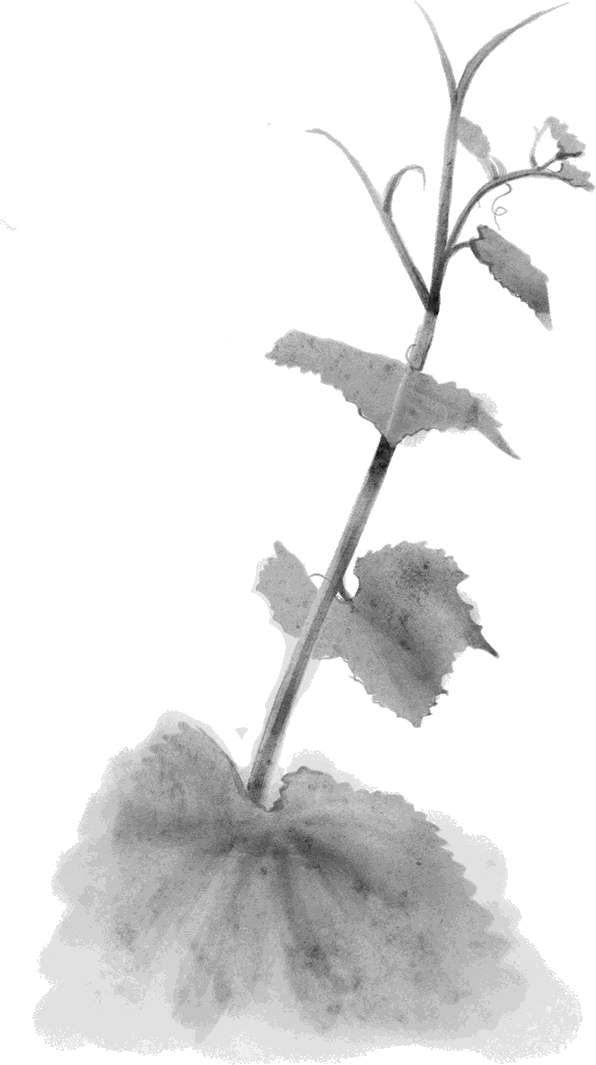Vineyard
The genetic heritage of our vineyards
In 2012, we started a massal selection from our oldest Fourchaume vines, planted in 1937, before the existence of clones. These vines provide us with a unique heritage that we absolutely want to preserve.
The plot contains some 4,000 vine plants and just before harvest we inspected each one to evaluate the quality of the trunk and the shoots, the number of bunches and the quality and maturity levels of the grapes. This first selection allowed us to earmark 300 vines, which were re-evaluated in 2013 in order to eliminate a further 100. We now have 200 plants, which were laboratory-tested to ensure they were free of viral illnesses such as fan-leaf (‘court-noué’), which will affect the quality of the fruit and longevity of the vines. Of the 200 cuttings tested, 195 showed no sign of the virus – remarkable!
A specialist is now propagating these cuttings and will provide us with 1200 grafted vines. These will be planted in front of our winery and will create an invaluable conservatory made from our oldest vines - the DNA of our vineyards. All new plantings will come from these vines.
To better know our soils
In addition to the fundamental work on the vine canopy, we have joined forces with renowned soil specialist, Claude Bourguignon, and his son, Emmanuel, to gain a better understanding of our soils. The soil is a very complex, living environment that deserves to be better understood. It is, after all, the soil that will allow the vine to reach its full qualitative potential. It is important to understand the living organisms present in the soil: microbial, bacterial, vegetal and animal, such as worms that will help break up and aerate our soils.
In parcels with a strong proportion of clay, we leave the natural grass to grow between the rows of vines, mowing it from time to time. The grass will absorb the excess humidity, rather than the vine.
Different technics are adapted to each terroir in order to allow the vine roots to develop as harmoniously as possible in order to better regulate the impact of climatic incidents, and also to penetrate as deeply as possible into the different soil profiles in order to express the individuality of each parcel.
This is a long-term commitment, but it is vital if we want to produce wines that truly express the terroir.

